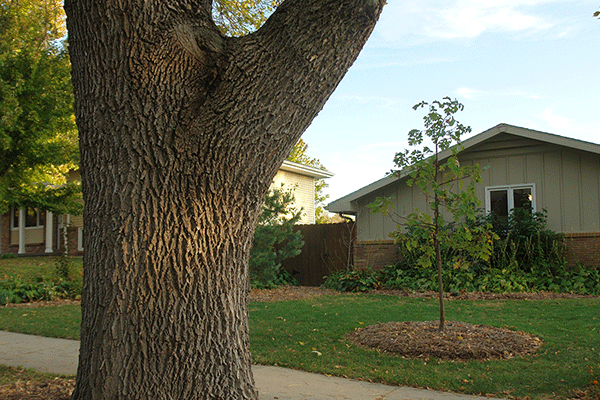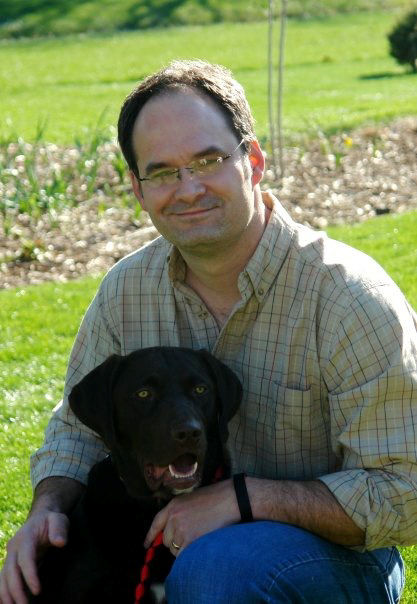The word is out. Emerald ash borer has been found in Nebraska. The loss will not be immediate but it will come and eventually the entire state will be affected. What to do?
Don't Panic
The most important first step is not to panic. The ideal treatment time has ended for this year so there is time to understand the options and make the best decision for coming years.
Keep in mind that treatment in large part just manages a symptom, in this case a lack of tree diversity. The best long-term solution is to replace ash trees on your property with other regionally-adapted tree species.
Prepare for Fall Replacement Planting
If you don’t want to lose the shade, shelter and beauty ash trees offer on your property, the best thing you can do is “replacement plant” to prepare for their decline and eventual removal.
Homeowners might want to compare the cost of treatment, typically $100 for treatment every other year for the life of the tree, with the one-time cost of $100-300 for a new tree.
It’s a good time to prepare for fall planting, when cooler temperatures and more predictable moisture encourage root growth. But planting close to trees can be challenging. The new tree needs ample root space, needs to avoid above- and below-ground utilities and has to survive in the shade cast by existing trees. The lack of sunlight will limit species selection and placement and most large-maturing species (including my favorites, the oaks) need six or more hours of direct sunlight daily during the growing season.
The best place to “replacement plant” is at or near the tree canopy edge east, south or west (north placement will probably be too shady for most species) of the tree you are replacing.
In my own home landscape, a large mature green ash planted along the street right-of-way created an opportunity to plant a large-maturing bur oak approximately 20 feet south of it. While slightly in the shadow of the ash, the oak still receives plenty of direct sunlight. And when the ash tree dies from emerald ash borer, as expected, this oak will be well on its way to fill in the gap and provide ongoing generational benefits for our family and for others well after we are gone.
Some good species to “replacement plant” in currently somewhat-shaded areas include: catalpa, linden, black gum, beech, dogwood, hornbeam, ginkgo, Kentucky coffeetree, hardy species of elm including American and lacebark, redbud, fringetree, alder and maples like red, sugar, Freeman, Japanese and hedge.
The Nebraska Forest Service strives to enrich lives by protecting, restoring and utilizing Nebraska's tree and forest resources.

